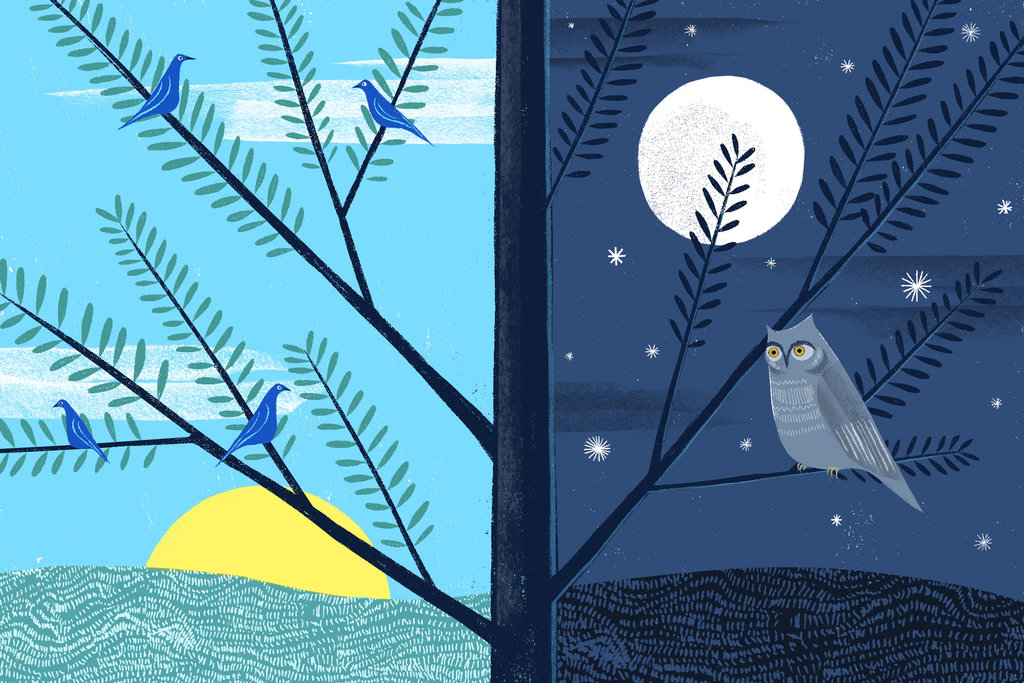Morning daylight exposure tied to a good night’s sleep
According to the journal Sleep Health, exposure to more light during the day and less light at night is critical for healthy sleep patterns because it helps to calibrate the body’s internal “circadian” clock.
 Just as light can suppress melatonin, it can also increase cortisol.
Just as light can suppress melatonin, it can also increase cortisol.
Cortisol and melatonin work in opposites. When one is high, the other is low. A big reason why you want to avoid blue light at night is because of its cortisol stimulating, melatonin suppressing effects.
But cortisol levels should be higher in the morning. We need this surge of cortisol to get out of bed and get into our day. The light helps our body’s create an optimal circadian rhythm.
Studies have even shown that low cortisol in the morning and high cortisol at night can negatively impact sleep, causing that horrible ‘wired and tired’ feeling at night and that groggy ‘just another 10 minutes of sleep’ feeling in the morning.
So getting outside in the morning when the sun is rising is a great way to signal to the body ‘it’s day time, we shouldn’t be sleeping, we need to be active’.
BLUE LIGHT AND ITS AFFECTION ON HUMAN CIRCADIAN RHYTHM
Due to our brain use blue light to differentiate between day and night, and boost alertness, spending time on your phone, tablet, or laptop late at night could fool your body into thinking it should keep you awake.
Links source: Reuters | The Sleep Judge | inToro Glass

